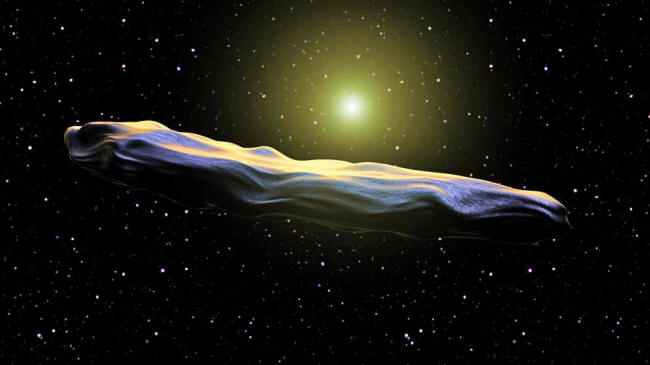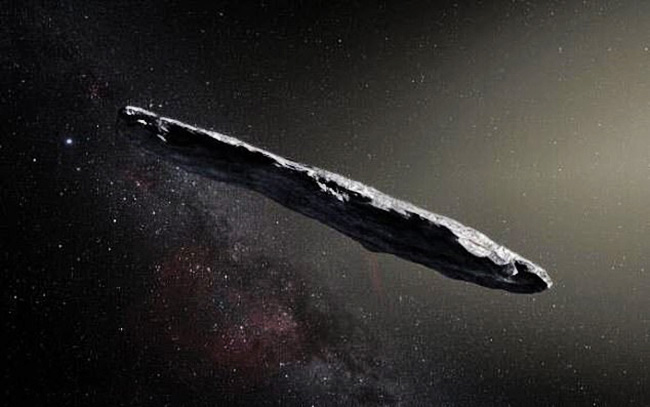|
Harvard University astronomer Abraham Loeb has reiterated that the mysterious space object known as 'Oumuamua is alien technology.
In an interview last week, Loeb compared 'Oumuamua to a near-Earth object (NEO) called '2020 SO.'
But the National Aeronautics and Space Administration (NASA) later confirmed that '2020 SO' was a rocket booster from its failed 1966 Surveyor 2 mission to the moon.
The rocket booster thought to be an asteroid
Discovered in August of 2020, SO barreled toward Earth and was predicted to become a minimoon for six months.
But NASA scientists later suspected that 2020 SO was an old rocket booster because it was orbiting the sun in the same path as Earth's - nearly circular, in the same plane and only slightly farther away from the sun at its farthest point.
The object also slightly accelerated due to pressure from sunlight.
Come December, NASA confirmed that 2020 SO was not an asteroid but a floating space junk.
'Oumuamua is similar to rocket booster
Loeb drew parallels between 2020 SO and 'Oumuamua.
Like the former, many scientists initially believed that 'Oumuamua was either an asteroid or a comet. But the strange object, known as the solar system's first recorded interstellar visitor, had many qualities that were unusual for both.
It was long, thin, tumbling end over end and exceedingly bright for a space rock.
The reflected sunlight off its surface also varied by a factor of 10, which suggested that it had an extreme geometry.
'Oumuamua also accelerated when it approached the sun, causing Loeb to suspect that it was a "light sail" made by an advanced alien civilization.
(Related: 'Oumuamua asteroid may really be alien technology - It accelerates under its own power.)
'Oumuamua was discovered in October 2017 by a telescope in Hawaii millions of miles away. Now, a physicists is revealing details to why he believes it is an artificial object...
But other scientists dismissed the idea and said that 'Oumuamua accelerated because it is a comet, which also accelerates when it comes close to the sun.
But Loeb pointed out that 'Oumuamua lacks a comet's classic tail - a long, visible trail of gas and dust that typically extends for hundreds of millions of miles.
Indeed, scientists knew 2020 SO was not a comet due to the absence of this feature even though the object picked up under the sun's influence.
The best way to ascertain 'Oumuamua's origins is by taking more images of it, but the mysterious object has already left the solar system.
Now, Loeb is hoping that future interstellar visitors could help crack the 'Oumuamua mystery.
Sources
|



